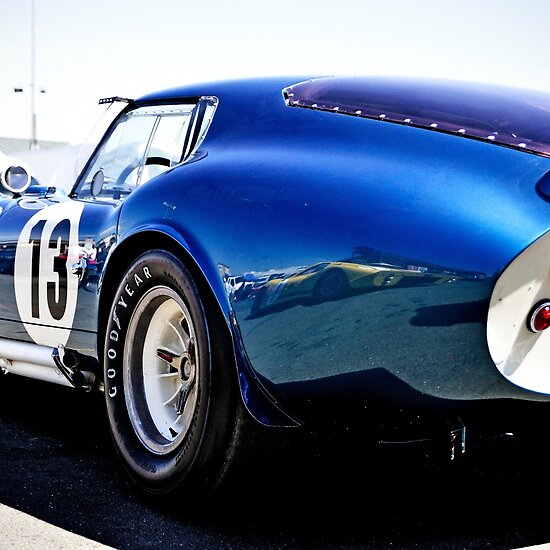I do not own or drive a car. I use a bus, other public transport, bicycle and my two feet to get around. That can cause problems especially when I might be on call for work but there is always a work around. I am not against a car or more particularly the ICE as a mode of transport. If I consider a city such as London, then I come to the conclusion that that city would not be able to feed itself were it not for the ICE. Our society is based on the access and affordability of cheap transport fuel and that is why large cities and megalopoli are able to exist without the need for large areas of the city being devoted to farmland. The food can be transported easily from where it is produced, e.g. New Zeeland lamb, Israeli oranges etc. Our society would not exist as it is without the Ice and I think that the current version is preferable to what came before.
The main reason why I do not drive is necessity. I do not need the use of a car. This has the added benefit of reducing my costs drastically. However if approach the car from a purely mathematical point of view there could be another reason why I would not drive; efficiency. Is the ICE necessary? Yes. Is it efficient? No.
Efficiency 1
The first measure for efficiency that people know can be miles per gallon or liters per kilometer. However I want to look towards the energy inputs and outputs of the car and see what are used. The input is the energy contained in let’s say gasoline/petrol. The outputs are in the energy used in moving the car forward which are (but not limited to) overcoming rolling resistance, drive train losses (friction, heat), engine losses (heat, noise etc) and so on. According to the link, if I assume that there is 100 units of energy in my petrol tank, driving my car will only use 15 of these units. The rest is wasted energy and my efficiency based on the car alone is 15%. The biggest loses is from the engine mainly as a function of Carnot.
Efficiency 2
There is another measure of efficiency; payload efficiency. Payload efficiency is a measure of how efficient it is to take a package and transport it in a vehicle to its destination. It is also a pseudo measure of the amount of resources needed to support said activity. A high efficiency would suggest that less resources are needed (i.e. less roads due to smaller cars). So if I go back to my car. Myself with my computer and lunch will weigh circa 100 kg. Assuming I use a 730kg Smart car then my efficiency based on mass only is 100/(100+730) which is around 12%. Combining the two results in a rather cringe worthy number of 1.8% efficiency, *&+?. In other words when considering both the vehicle (car) and the activity (transporting me from A to B), the useful amount of fuel used is 1.8 units. Once my car arrives at work, it sits there for 8 or so hours and does nothing.
So how can we improve on these results. For the energy lost in the car itself (efficiency 1), there is not a whole lot that can be done with the ICE. Sure titanium could be used in the engine block but that is hardly cheap or easily workable and the same can be said for more improvements (except maybe heat recovery). The best way to gain efficiency would seem to be with mass saving. The Peel P50 30 years ago could achieve 100 mpg and the Edison2 car can achieve a bit more but with the ability to carry 4 people. However we get a payload efficiency of 63% for the Peel and (based on 4 people in the car) 32.5% for the Edison.
In short if I decide that I need a form of ICE transport for personal use, I will be using a small or very small car or moped.


No comments:
Post a Comment